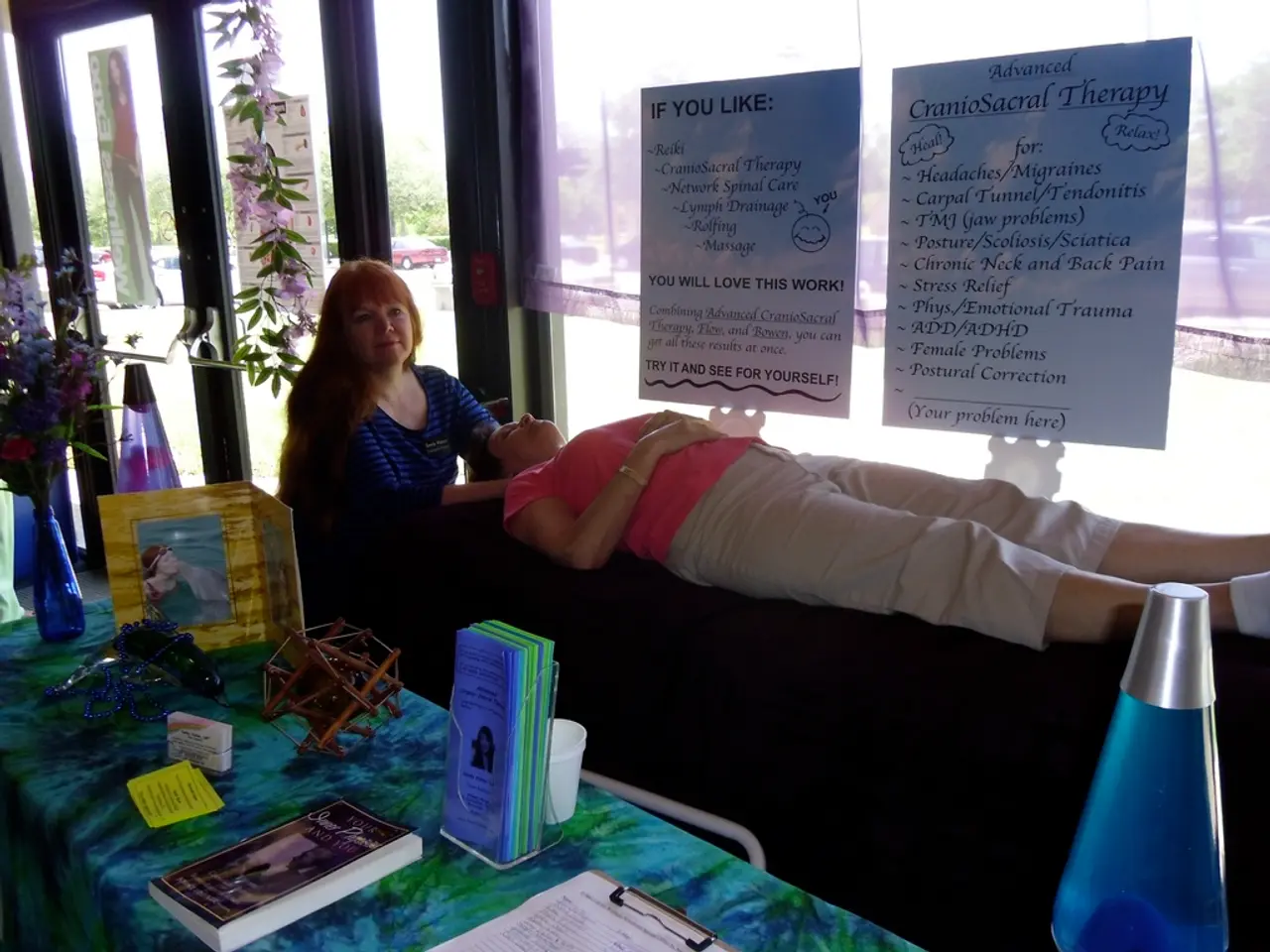Advocacy Resources for Victims: Top 5 Picks
Victim advocacy in the United States is a vast and intricate network, designed to provide support and resources for individuals who have experienced victimization. These resources can significantly impact the recovery process, offering aid from immediate crisis counseling to long-term legal and compensation services.
Digital Resources
In the digital age, online platforms have become an essential part of victim advocacy. Organizations like the Rape, Abuse & Incest National Network (RAINN) operate the National Sexual Assault Hotline and an online chat service in partnership with local rape crisis centers nationwide. The Veterans Administration National Center for PTSD provides digital continuing education on trauma and PTSD.
National Crime Victim Organizations
Federal entities, such as the Office for Victims of Crime (OVC) and the Office on Violence Against Women, play a crucial role in administering grants and supporting state-level victim assistance and compensation programs. The Office on Violence Against Women focuses on victims of domestic violence, sexual assault, stalking, and dating violence at the national level.
State and Local Victim Services Programs
Funded by OVC grants and other federal contributions, state and local programs provide direct services such as victim compensation, crisis counseling, and legal aid. Local programs may also offer specialized assistance like disaster-related legal aid, helping survivors with insurance claims, FEMA appeals, and disputes with contractors.
Specialized Advocacy Organizations
These organizations target specific victim groups or crime types, such as those focusing on domestic violence, sexual assault, and immigration-related victim assistance. They may provide advocacy, counselling, and help navigating immigration relief and protective orders.
Legal Aid Services
Legal services for victims include Disaster Legal Services for survivors of major disasters, offering assistance with legal documents, insurance claims, and homeownership proofs. Partnerships with the American Bar Association Young Lawyers Division provide low-income victims with free legal support. There are also resources specific to victims seeking immigrant protections or legal recognition through U visas and VAWA self-petitions.
Mobile Applications and Online Support Communities
Mobile applications for victim safety and support provide tools such as safety planning, emergency contacts, and discreet ways to request help. Online support communities offer a valuable resource for victims who may feel isolated or struggle to access traditional in-person services.
Pro Bono Programs
Pro bono programs coordinated through state and local bar associations connect victims with volunteer attorneys who can provide specialized legal assistance.
State Victim Compensation Programs
State victim compensation programs provide financial assistance for expenses related to victimization, such as medical bills, counseling costs, lost wages, and other expenses.
Understanding and accessing these five categories of victim advocacy resources can significantly impact the recovery process for those who have experienced victimization. The system is supported by both federal leadership (OVC, Office on Violence Against Women) and a wide network of state and local programs, ensuring a comprehensive approach to victim assistance and advocacy across the U.S.
Victim advocacy serves not only victims but also their families, friends, and communities. The National Center for Victims of Crime operates a helpline staffed by trained advocates who can provide immediate crisis support and connect callers with local resources. Legal advocacy is particularly important for vulnerable populations such as immigrants, elderly victims, or those with disabilities.
[1] Office for Victims of Crime. (n.d.). About OVC. Retrieved from https://ovc.gov/about/ovc
[2] National Center for Victims of Crime. (n.d.). Services. Retrieved from https://victimsofcrime.org/services
[3] Rape, Abuse & Incest National Network. (n.d.). Get Help. Retrieved from https://www.rainn.org/get-help
[4] Office on Violence Against Women. (n.d.). About OVW. Retrieved from https://www.justice.gov/ovw/about
- Aside from traditional in-person services, there are digital resources available through organizations like RAINN for sexual assault victims, offering online chat services and educational resources on trauma and PTSD.
- Legal therapies and treatments for victims can be accessed through pro bono programs coordinated by state and local bar associations, which connect victims with volunteer attorneys who provide specialized legal assistance.
- In the realm of health-and-wellness and mental-health, specialized advocacy organizations offer support for specific victim groups, such as those focusing on domestic violence, sexual assault, and immigration-related victim assistance, providing advocacy, counseling, and help navigating legal processes.




